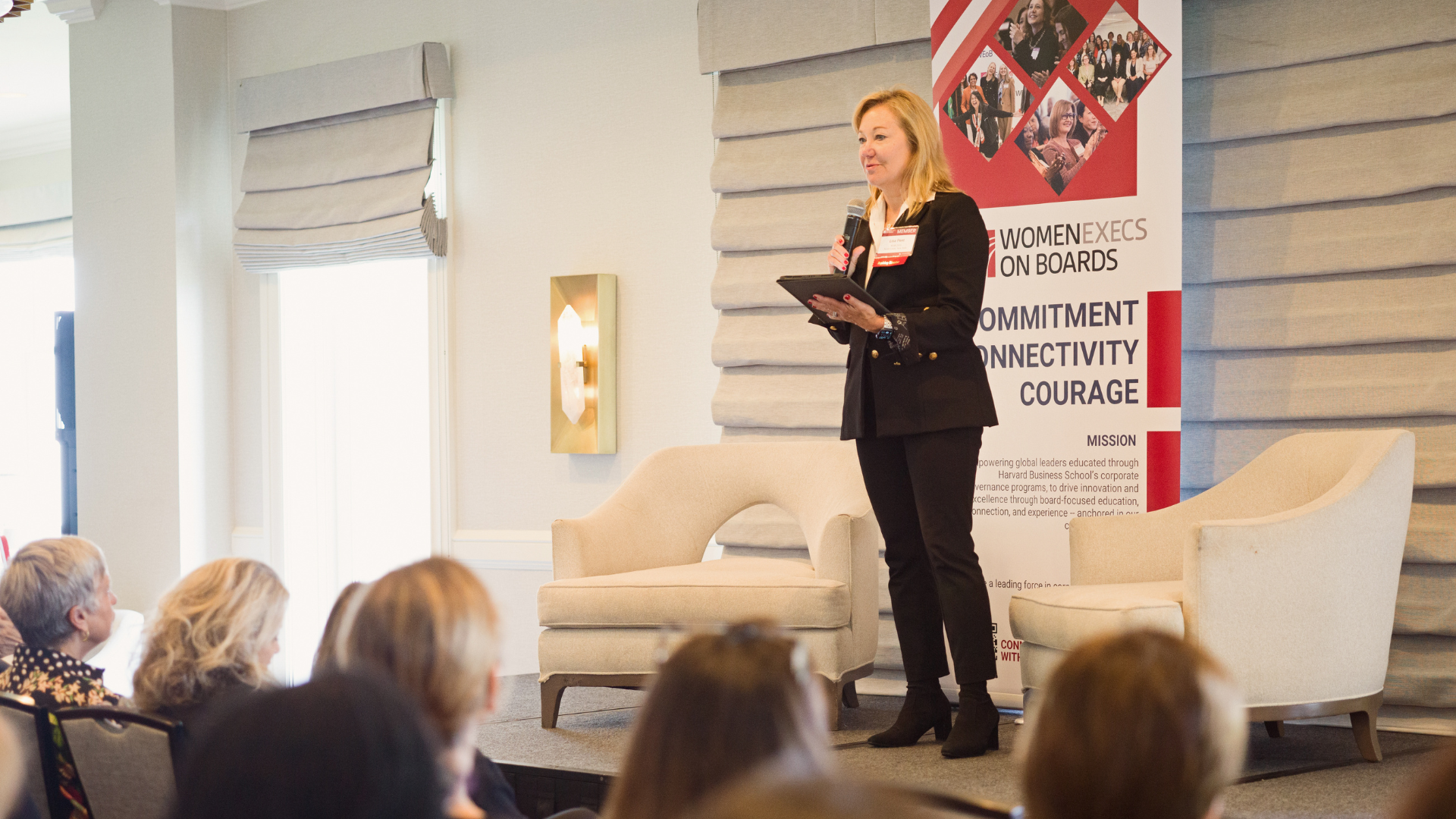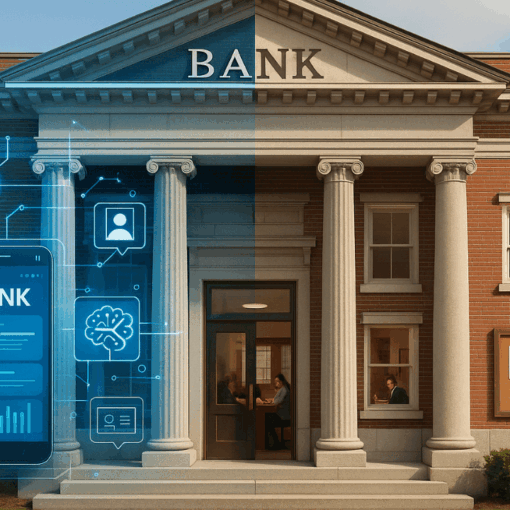Nobody running a community bank is sitting around with time to spare, but the WomenExecs on Boards Symposium still came up more than once this fall. Tucked into the September calendar, it didn’t shout. It didn’t need to. People who care about the future of leadership and governance were already watching. And for community bank leaders, it spoke to something more urgent than checklists or quotas real alignment between who sits at the board table and what matters to the communities they serve.
The truth? Community banks sit in a unique spot. They aren’t chasing unicorns or playing PR games. They’re grounded. Local. Essential. And that means the stakes are higher when boards lack the diversity and perspective their neighborhoods need. For leaders trying to build boards that reflect values, not just balance sheets, the symposium offered something different not inspiration, but instruction.
Nobody handed out magic formulas in Dallas this year. But if you were paying attention, you saw a clear message: it’s not about adding women to boards, it’s about building better boards. And that starts with asking harder questions about how power, trust, and accountability really work.
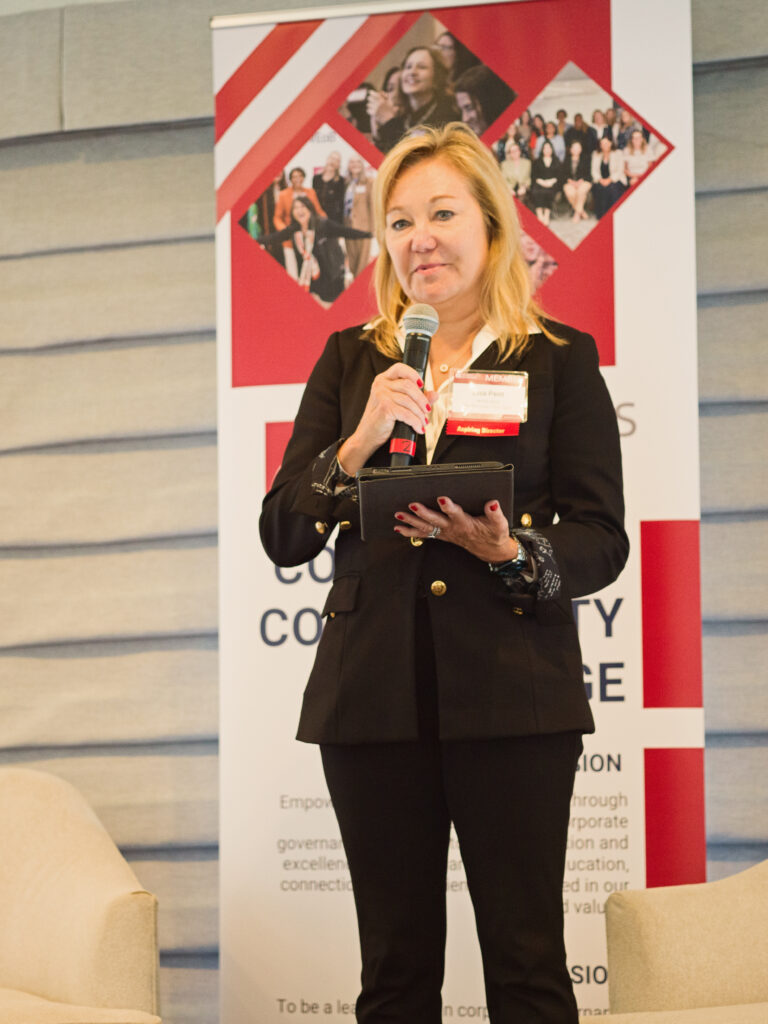
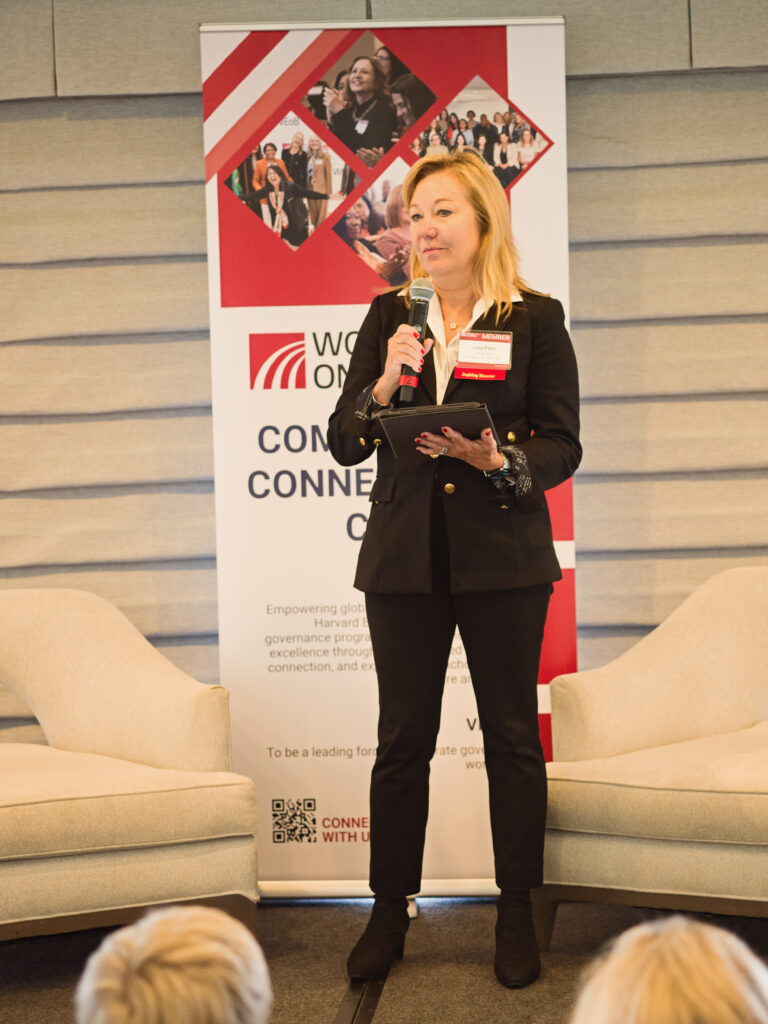
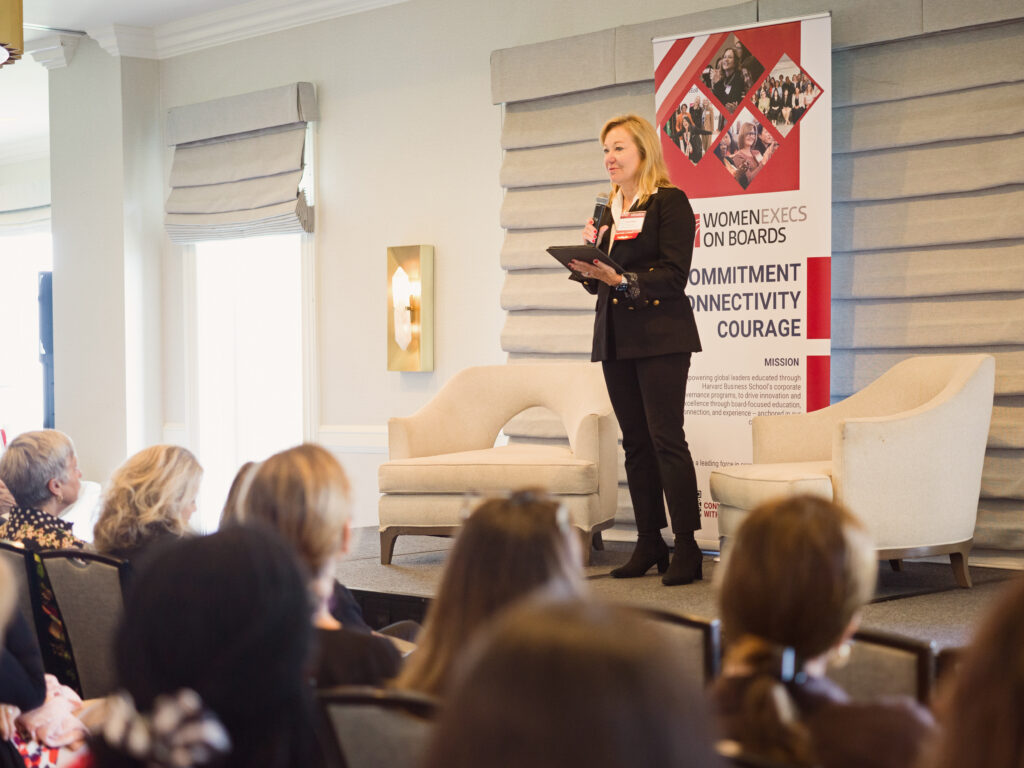
TL;DR: Why This Event Stuck with So Many Bank Leaders
- Traditional board structures still favor legacy over relevance.
- Community banks can’t afford misalignment between governance and mission.
- There’s a myth that “diverse” boards come at the cost of experience.
- Research shows that inclusive boards outperform in decision-making and risk.
- The WomenExecs on Boards Symposium helped shift the focus from “add women” to “change dynamics.”
- New belief: The best boards aren’t just representative they’re responsive, self-aware, and future-proof.
That Old Boardroom Story’s Wearing Thin
You’ve heard it. Maybe lived it. The legacy director who’s been on the board for decades, hasn’t opened a compliance doc in years, and thinks ESG stands for “Earnings Still Good.” There’s respect in that tenure, sure. But there’s also risk. And for community banks, the idea that boards must be composed of ex-CEOs or retired partners just doesn’t hold water anymore.
One thing that came through loud and clear at the WomenExecs on Boards Symposium? This model doesn’t scale for the future. It’s brittle. It filters out talent with operational depth, customer insight, and local credibility especially women who’ve led in less traditional but no less strategic roles.
The pushback usually sounds polite: “We’d love to, but we just can’t find qualified candidates.” But it’s a lazy myth. The talent is everywhere. What’s missing is the process to uncover it and the will to rethink what “qualified” really means.
One Leader’s Pivot That Hit Close to Home
A session on Day 2 hit a nerve. One of the panelists, formerly a C-suite exec at a regional bank, shared how she’d spent five years quietly advising multiple boards before anyone invited her to actually join one. She had strategy chops, risk insight, and a track record of community partnership. But no one asked.
Sound familiar?
The story cut deep because it mirrored what so many community banks are facing: overlooked talent hiding in plain sight. When she finally did get appointed to a bank board in the Midwest her first major contribution was guiding them through a local M&A deal that protected customer trust during a rocky transition. Her perspective hadn’t just been “nice to have.” It helped avoid a costly misstep.
These aren’t abstract wins. They’re operational. Cultural. Measurable. And they’re happening when banks make space for new types of leaders who don’t need to prove they “fit” a board because they already understand what the board needs.
Boards Don’t Just Govern They Signal
If your boardroom looks like your loan portfolio from 1982, it’s not just a missed opportunity. It’s a message. To employees, regulators and your customers. And community bank leaders know this instinctively they’re closer to the ground, closer to the people.
At the symposium, something shifted when speakers stopped talking about “inclusion” as an ideal and started treating it like infrastructure. Not a gesture. A system.
Here’s what happens when boards start thinking that way:
- Agendas prioritize emerging risks, not legacy rituals
- Talent pipelines widen and deepen organically
- Stakeholder trust grows through visible change
- Compliance issues decline as blind spots close
- Decision cycles shrink without losing rigor
The banks that get this right aren’t “more diverse.” They’re more ready. And the WomenExecs on Boards Symposium gave language to that readiness.
What the Data Actually Says (Spoiler: It’s Not Just PR)
During one breakout, a case was made for inclusive governance using something nobody could ignore numbers. A recent McKinsey report got tossed into the mix showing companies in the top quartile for gender diversity on executive teams were 25% more likely to outperform on profitability. But it wasn’t just about profits. It was about preparation.
Let’s look at what current research says:
| Topic | Traditional Boards | Inclusive Boards |
| Decision Speed | Slower, hierarchical | Faster, collaborative |
| Risk Assessment | Homogeneous blind spots | Broader scenario planning |
| Community Alignment | Limited perspective | High contextual understanding |
| Regulatory Confidence | Passive compliance | Proactive engagement |
The kicker? Community banks, by their very structure, are already built to benefit from more responsive governance. It’s not a stretch. It’s a return to form just with a wider lens.
Where to Take the Conversation Next
If this year’s WomenExecs on Boards Symposium left one lingering question, it’s this: what’s your board signaling? Not just to shareholders, but to your loan officers, your customers, your community leaders watching from the sidelines.
These aren’t abstract concerns. They’re tied to real risk, reputation, and resilience. Which is why so many bank leaders walked away thinking less about “checking the diversity box” and more about rethinking who gets to carry the institution’s voice into the future.
If you’ve been wondering how to build a board that reflects where your bank is headed, not just where it’s been, there are ways to start small advisory councils, board observers, structured mentorships. Or just conversations. That’s where I spend most of my time with leaders like you, figuring out what’s next.
Want help shaping that next step? Visit www.thepentedge.com or reach out with your questions. Whether you’re building a board or rebuilding trust in one, I’m here for that work.
When the Room Changes, So Does the Future
What happened at the WomenExecs on Boards Symposium wasn’t flashy. No confetti, no sweeping announcements. Just a lot of smart people in a room telling the truth about what’s broken, what’s working, and what’s worth fighting for.
Community bank leaders don’t need big theory. They need examples, clarity, and support. And that’s what the symposium offered. Now the work comes home into boardrooms where the stakes are local, the faces are familiar, and the future is watching.
Keep this in mind next time you look around your own boardroom: the next generation isn’t just asking for a seat. They’re asking if you still know how to listen.
A Seat, A Signal, A Shift: What Mattered Most
- Community bank boards must reflect local values, not just legacy names
- The WomenExecs on Boards Symposium focused on board impact, not just inclusion
- Diversity myths were challenged with real stories and data-backed results
- Boards signal readiness by who they include and how they think
- Inclusive governance leads to faster, more adaptive decision-making
- Progress starts with a conversation and the right questions

